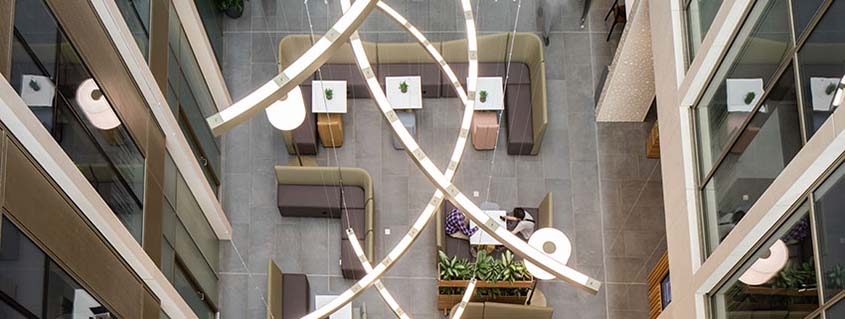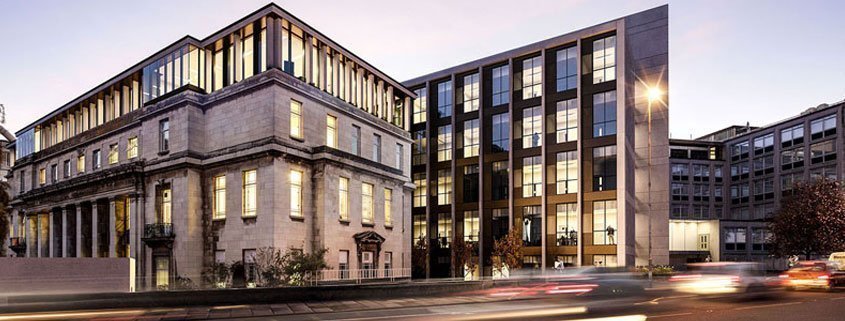Construction milestone around the corner for the Sir William Henry Bragg Building
/in Campus Developments, Estate Services, Sir William Henry Bragg Building/by Becky KnightAs we move ever closer to the completion of the construction of the Sir William Henry Bragg building we spoke to Estates Senior Project Manager David Oldroyd to find out about the next steps for the project.
For additional information about the project why not read the FAQ’s for the Sir William Henry Bragg Building.
When does construction complete?
We’re really pleased to confirm that construction is due to be complete in February 2021, approximately in four months’ time.
That’s not long, what will be happening in the last phase of construction?
Your right, it will be upon us before we know it. At the moment the project Contractor BAM, is focusing on the key aspects which are the ongoing installation of lab furniture, laying of soft floor finishes and the final decorations in addition to completing other smaller aspects of the construction programme. The last four weeks of construction will be commissioning of services only and by Christmas, all physical works involving tradesmen will be complete.
What can we expect following construction?
Following the completion of building construction the next phase is called fit out, hook-up and migration.
This phase involves the practical elements of installing fixtures and fittings and specialist connections inside to enable equipment from the current labs and buildings to be moved over/ migrated into the new building. It is envisaged that this process will take approximately six months. During this time we will also be installing furniture and completing the AV installations in the building.
Sounds great, and when can we expect staff to move into the building?
Our plans for general staff moving into the building will occur after the summer teaching term completes in 2021 but more precise details will follow nearer the time.
In the current climate, the safety of our staff and students remains a priority so we will seek to move staff in when it is effectively safe to do so next year in controlled phases of work.
Where can we find out more about the project?
We post regular updates about the project on the campus development website. You can visit it to see progress photos of the building, both internal and external. We also have an FAQ’s section which covers everything from what happens after construction to specific information relevant to the staff that will be moving into the building.
We are also keen to hear from colleagues who may have additional comments or questions. Please contact us at campusdevelopment@leeds.ac.uk.
Contact Us
Estates and Facilities
Facilities Directorate Building
University of Leeds
Leeds, LS2 9JT
Important links
Latest News
 Student-celebrating plaques installed on campus9th July 2024 - 4:12 pm
Student-celebrating plaques installed on campus9th July 2024 - 4:12 pm Keeping your bike safe on campus this Summer16th May 2024 - 2:43 pm
Keeping your bike safe on campus this Summer16th May 2024 - 2:43 pm Major milestone reached as geothermal work picks up pace9th May 2024 - 4:35 pm
Major milestone reached as geothermal work picks up pace9th May 2024 - 4:35 pm

































